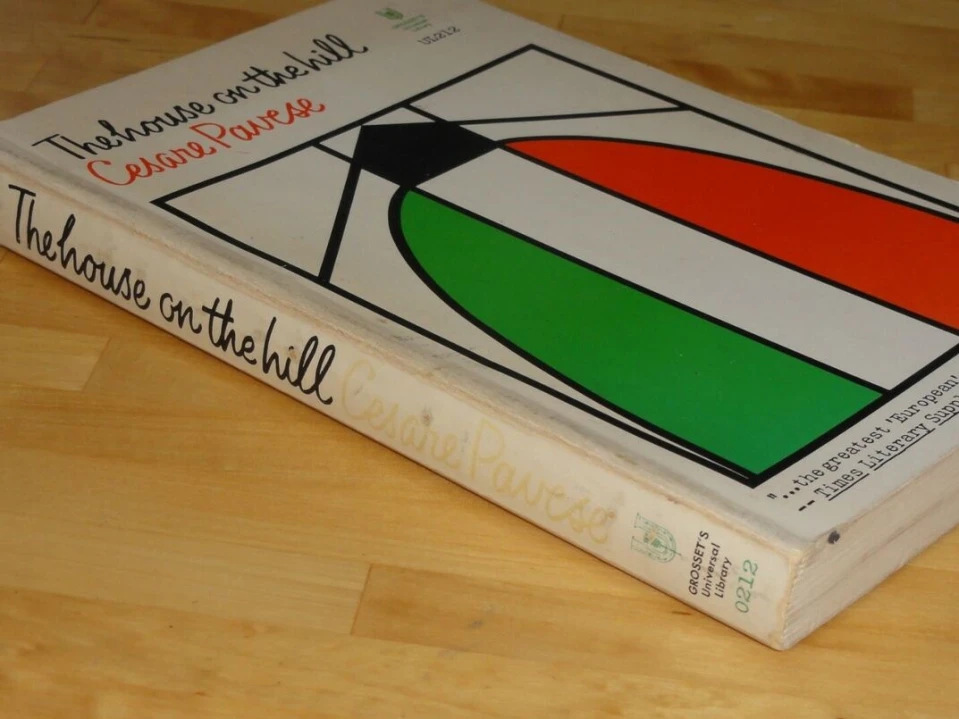The House on the Hill (La casa in collina) is a book written by the Italian author Cesare Pavese and published in 1948. Besides having written different types of books, Cesare Pavese (1908-1950) also worked as a translator for novels written by several authors from the United States.
Alongside this activity, in 1932, after having succeeded in avoiding military service, Pavese started teaching in private and night schools. He also published papers on U.S. literature. As a matter of fact, one of his dreams was to go to America, but he never did.
In the 1930s, his activity as an americanista was rather busy, in 1938 he started to work for the publishing house Einaudi and later in 1943 he became its director.
The book was written in the winter of 1947-1948 and it contains strong autobiographical elements.
It has been defined as “the symbolic novel of political engagement and existential malaise of an entire generation.”
The story centers around Corrado, a professor who lives in Turin, and is set during the Second World War, in June 1943. Each night, he escapes the city – which is dark and under bombardment – to seek refuge in the nearby hills.
He is forty years old and in the hills where he grew up there are two people who take care of him, Elvira and her mother. Against the backdrop of a war and the contrast between life in the city and life in the countryside, Corrado rediscovers the memories from his childhood and enjoys the happy moments from a simple life with slow rhythms. In the local tavern, he meets Cate, someone he loved a long time ago, and her son, Dino, who Corrado thinks might be his son.
It is precisely in this dynamic that the whole theme of the book reveals itself, Corrado is not leading a quite and happy family life, away from all the trauma and destruction, but on the contrary he is painfully living in a state of discouragement and remorse for not having been able or not having wanted to take part in what was happening around him. He couldn’t make sense of the war; he couldn’t understand the history, nor could he live it or just even witness it.
Soon enough, the hills see their share of death, destruction, and damage. Cate is arrested by the nazis, and Dino joined the Partisan movement. And Corrado stood still, consumed by regrets and incapable of taking action.
In his life in the hills, away from the city and his everyday teaching job, Corrado started to spend time with a group of anti-fascists gathering at the tavern and this posed a much bigger dynamic for the protagonist of this story. He was stuck in a state of uncertainty and there he remained.




